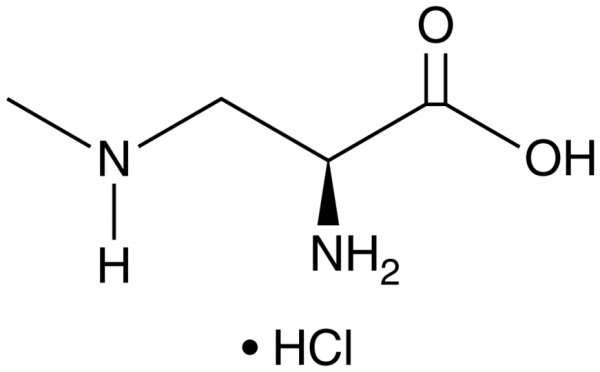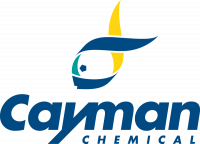Cookie preferences
This website uses cookies, which are necessary for the technical operation of the website and are always set. Other cookies, which increase the comfort when using this website, are used for direct advertising or to facilitate interaction with other websites and social networks, are only set with your consent.
Configuration
Technically required
These cookies are necessary for the basic functions of the shop.
"Allow all cookies" cookie
"Decline all cookies" cookie
CSRF token
Cookie preferences
Currency change
Customer-specific caching
FACT-Finder tracking
Individual prices
Selected shop
Session
Comfort functions
These cookies are used to make the shopping experience even more appealing, for example for the recognition of the visitor.
Note
Show the facebook fanpage in the right blod sidebar
Statistics & Tracking
Affiliate program
Conversion and usertracking via Google Tag Manager
Track device being used

| Item number | Size | Datasheet | Manual | SDS | Delivery time | Quantity | Price |
|---|---|---|---|---|---|---|---|
| Cay23287-5 | 5 mg | - |
6 - 10 business days* |
102.00€
|
|||
| Cay23287-10 | 10 mg | - |
6 - 10 business days* |
144.00€
|
If you have any questions, please use our Contact Form.
You can also order by e-mail: info@biomol.com
Larger quantity required? Request bulk
You can also order by e-mail: info@biomol.com
Larger quantity required? Request bulk
beta-Methylamino-L-alanine (BMAA) is a neurotoxic non-proteinogenic amino acid that has been... more
Product information "beta-Methylamino-L-Alanine (hydrochloride)"
beta-Methylamino-L-alanine (BMAA) is a neurotoxic non-proteinogenic amino acid that has been found in cyanobacteria. It is cytotoxic to mouse primary cortical neurons when used at a concentration of 3 mM in the presence of bicarbonate, an effect that can be blocked by the NMDA receptor antagonist MK-801 or the mGluR5 receptor antagonist MPEP (Cay-14536). BMAA (3 mM) stimulates release of glutamate and induces oxidative stress in the same cells. It also enhances neuronal cell death induced by amyloid-beta (25-35) in mouse primary cortical neurons when used at a concentration of 0.1 mM. Intracerebroventricular administration of BMAA (500 µg/animal) induces wet-dog shakes, rigidity, and clonic convulsions in rats. It induces parkinsonism in cynomolgus monkeys. BMAA has been found in commercial seafood.Formal Name: 3-(methylamino)-L-alanine, monohydrochloride. CAS Number: 16012-55-8. Synonyms: BMAA, L-BMAA. Molecular Formula: C4H10N2O2 . HCl. Formula Weight: 154.6. Purity: >95%. Formulation: (Request formulation change), A solid. Solubility: Methanol: Slightly soluble, Water: Slightly soluble. SMILES: N[C@H](C(O)=O)CNC.Cl. InChi Code: InChI=1S/C4H10N2O2.ClH/c1-6-2-3(5)4(7)8,/h3,6H,2,5H2,1H3,(H,7,8),1H/t3-,/m0./s1. InChi Key: VDXYGASOGLSIDM-DFWYDOINSA-N. Origin: Synthetic.
| Keywords: | BMAA, L-BMAA, 3-(methylamino)-L-alanine, monohydrochloride |
| Supplier: | Cayman Chemical |
| Supplier-Nr: | 23287 |
Properties
| Application: | Neurotoxic non-proteinogenic amino acid |
| MW: | 154.6 D |
| Formula: | C4H10N2O2 . HCl |
| Purity: | >95% |
| Format: | Solid |
Database Information
| CAS : | 16012-55-8| Matching products |
Handling & Safety
| Storage: | -20°C |
| Shipping: | +20°C (International: -20°C) |
| Signal Word: | Warning |
| GHS Hazard Pictograms: |
|
| H Phrases: | H302, H312, H315, H319, H332, H335 |
| P Phrases: | P261, P264, P270, P271, P280, P312, P321, P330, P301+P310, P302+P352, P304+P340, P305+P351+P338, P332+P313, P337+P313, P361+P364, P362+P364, P405, P403+P233, P501 |
Caution
Our products are for laboratory research use only: Not for administration to humans!
Our products are for laboratory research use only: Not for administration to humans!
Information about the product reference will follow.
more
You will get a certificate here
Viewed

